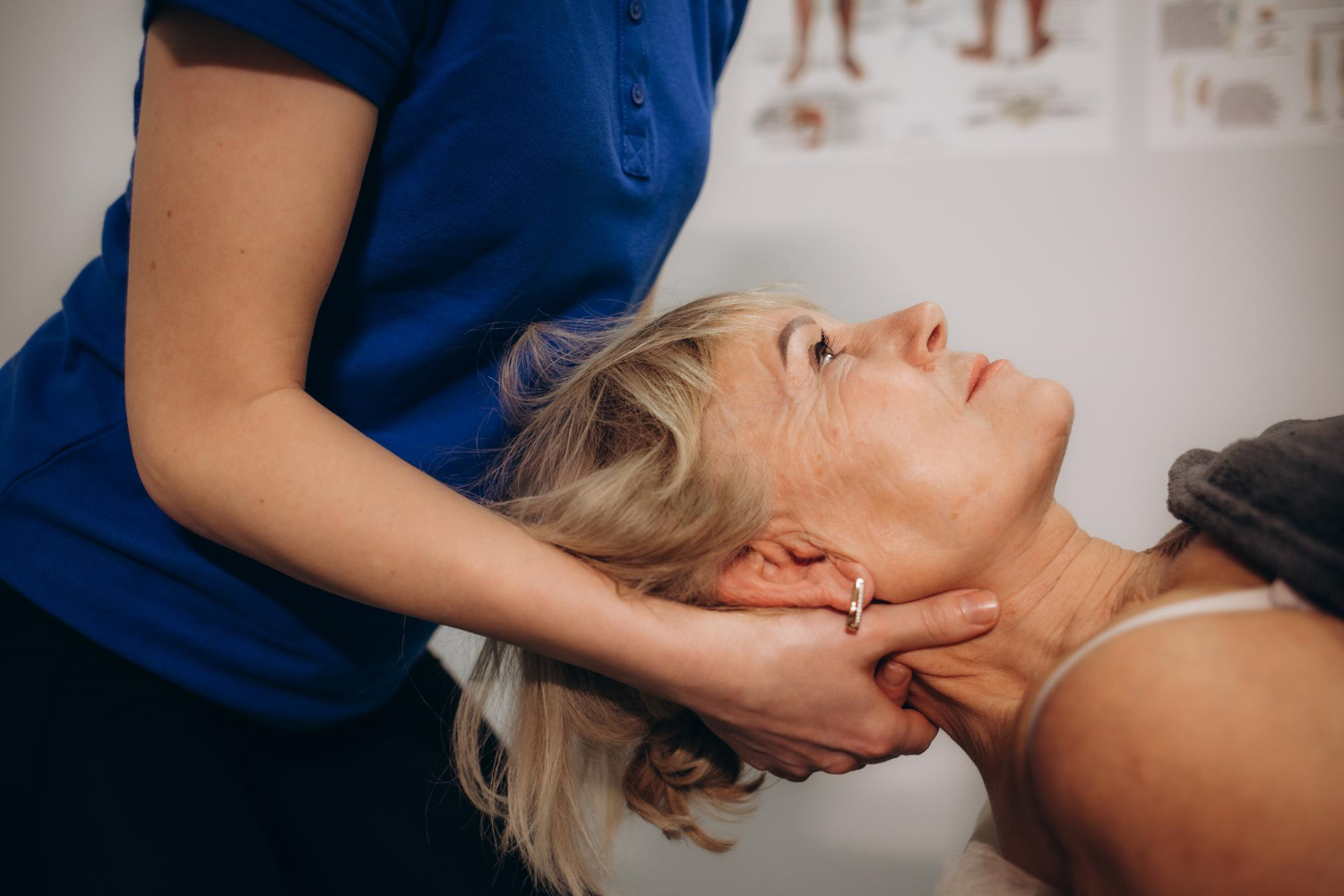Physical Therapy Can Help You Find the Relief You Have Been Seeking
Chronic back pain is typically defined as a pain that lasts for three months or longer. This type of pain may have developed for a variety of reasons, including spinal arthritis, aging, disc problems, or myofascial pain syndrome.
With spinal arthritis, a slow thinning of the cartilage inside the spine can result in pain. A herniated or bulging disc can also result in discomfort if it is compressing on the nerve. With spinal stenosis, it may result in a narrowing of the spine, which can also lead to nerve pain. Myofascial pain syndrome is another common condition that can cause muscle tenderness and pain.
Chronic pain doesn’t have to be part of your daily life! Whatever the cause of your chronic back pain, we can help. Contact us today to learn more.
How can passive physical therapy treatments help me manage my pain?
A physical therapist can use multiple passive modalities to help reduce your chronic pain. Ice and heat therapy may be used to increase blood flow, reduce inflammation, and ease pain.
Ultrasound is another common passive modality used by physical therapists that uses deep-heated sound waves to penetrate the soft tissues. Not only does this method work to relieve pain, it also aids in healing of the affected area.
A physical therapist may also prescribe a transcutaneous electrical nerve stimulation (TENS) unit. This unit helps to overcome the painful signals sent to the brain, in order to relieve pain in the long-term.
Finally, deep tissue massage is another common passive physical therapy method for chronic pain. This manual method increases oxygen and nutrients in the affected areas for healing and also helps to reduce muscle spasms and stiffness.
According to the NCBI, “In chronic low back without serious pathology, recommended primary conservative physical treatment preferences include exercise, yoga, biofeedback, progressive relaxation, massage, manual therapy, physical therapy and interdisciplinary rehabilitation. A recent literature review with meta-analysis in patients with chronic lower back pain found moderate- to high-quality evidence that McKenzie exercises in physical therapy were superior to other rehabilitation interventions in reducing pain and disability.”
How can active physical therapy treatments help me manage my pain?
If your chronic pain is caused by spinal stenosis or a bulging disc, a physical therapist may prescribe a repeated movement treatment plan, in order to reduce numbness, pain, or weakness.
Progressive movement exercises such as McKenzie exercises may also be included in your physical therapy program to treat a wide range conditions that may be causing your chronic pain.
Stabilization exercises to retrain deep muscle movement and strength may also be included. Your physical therapist will show you how to use the right spinal and abdominal muscles before starting any exercises, in order to stabilize the spine.
Manipulation is another technique for alleviating chronic back pain. With manipulation techniques, short and rapid thrusting movements are performed over the joint to reduce pain and increase mobility.
So, why am I experiencing chronic pain?
As stated by the National Institute of Neurological Disorders and Stroke,
“While acute pain is a normal sensation triggered in the nervous system to alert you to possible injury and the need to take care of yourself, chronic pain is different. Chronic pain persists. Pain signals keep firing in the nervous system for weeks, months, even years.
There may have been an initial mishap — sprained back, serious infection, or there may be an ongoing cause of pain — arthritis, cancer, ear infection, but some people suffer chronic pain in the absence of any past injury or evidence of body damage. Many chronic pain conditions affect older adults.
Common chronic pain complaints include headache, low back pain, cancer pain, arthritis pain, neurogenic pain (pain resulting from damage to the peripheral nerves or to the central nervous system itself), psychogenic pain (pain not due to past disease or injury or any visible sign of damage inside or outside the nervous system).
A person may have two or more coexisting chronic pain conditions. Such conditions can include chronic fatigue syndrome, endometriosis, fibromyalgia, inflammatory bowel disease, interstitial cystitis, temporomandibular joint dysfunction, and vulvodynia. It is not known whether these disorders share a common cause.”
Ready to find relief for those persistent aches and pains?
If you have been living with chronic pain, it’s time to take action. Schedule a consultation today to begin the first steps of your physical therapy assessment. Your physical therapist will work with your doctor to develop a personalized treatment plan for your specific condition.
With both active and passive treatment methods, you will be on the road to pain reduction in no time! At the end of the road, you’re going to be able to engage in your regular activities without the persistent nagging feelings of pain.
Sources:
Tags: Joint Pain, Physical Therapy, Natural Pain Relief, aches and pains, Physical Activity, Nutrition, Natural Treatment, Opioids, Chronic Pain, physical health, physical therapists, Rehabilitation


